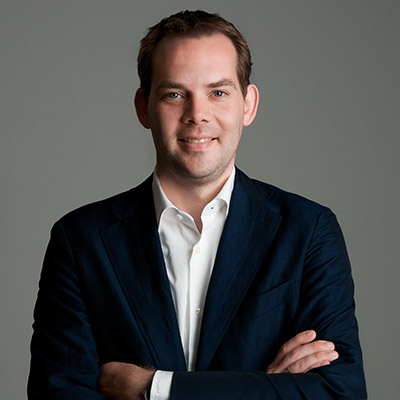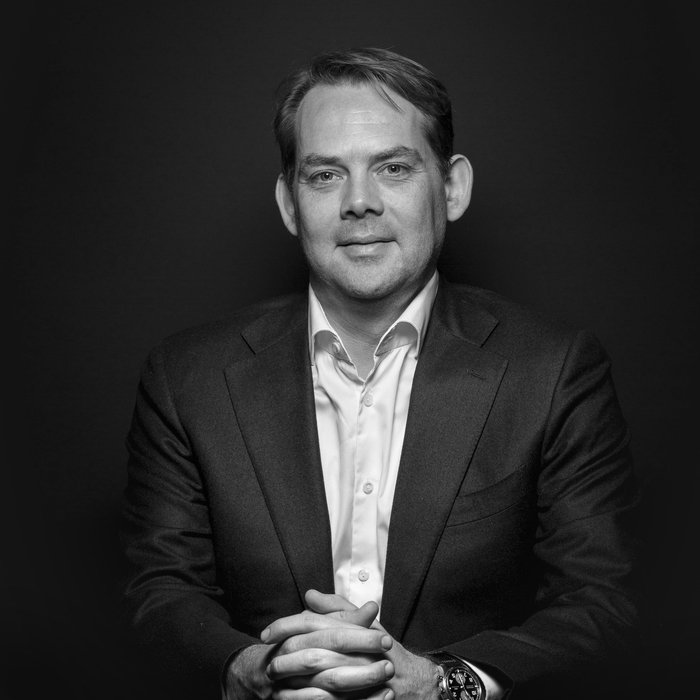Following the official approval of the schematic design by Feyenoord, OMA will proceed with the detailed design of the stadium. The new stadium is planned to open in 2023. The project is led by David Gianotten with Kees van Casteren and Shinji Takagi.
----
La propuesta presentada se puede realizar dentro del presupuesto del estadio, teniendo en cuenta el reciente aumento de los costes de construcción en los Países Bajos, y satisfaciendo plenamente las necesidades del Feyenoord y sus necesidades de negocio. El nuevo estadio Feyenoord es parte de un plan director urbano más grande para Rotterdam South, Feyenoord City, que ha sido desarrollado por OMA en colaboración con el Football Club Feyenoord, el estadio Feijenoord, el equipo de proyecto de Feyenoord City y el municipio de Rotterdam durante aproximadamente los últimos 2,5 años.
Tras la aprobación oficial del diseño inicial por Feyenoord, OMA procederá con el diseño detallado del estadio. El nuevo estadio tiene prevista su apertura en 2023. El proyecto está liderado por David Gianotten con Kees van Casteren y Shinji Takagi.
Descripción del proyecto por OMA Description of project by OMA
A historically significant stadium due to its distinctive design, with the oval stands positioned close to the pitch so audience and players are in intimate proximity, De Kuip is known for its unique and intense atmosphere. Built 80 years ago, the current stadium of Rotterdam-based football club Feyenoord no longer fulfills modern demands. To facilitate the football club’s expanding ambitions both in the national and European football leagues, multiple plans for a new and renovated stadium have been made and presented over the past decade, none of which received final approval. In 2016, Operatie NL, OMA and Feyenoord proposed a different approach: the construction of a new stadium combined with the development of the surrounding neighborhood.
In collaboration with the football club and the municipality of Rotterdam, OMA has developed the Feyenoord City Masterplan, introducing a new 63,000-seat stadium that will function as catalyst for the urban development of Rotterdam Zuid, one of the neighborhoods of the city in need of rejuvenation and economic injection. After careful consideration of three potential project sites, a location at the waterfront, northwest to the neighborhood De Veranda, was selected. OMA’s masterplan for Feyenoord City consists of five main elements: a new and larger stadium for Feyenoord, renovation of De Kuip, and development of the Urban Bridge, the Strip and the Kuip Park.
The current stadium De Kuip is to be renovated and redeveloped into apartments, commercial space, an athletics sports center and a public square. The area surrounding the stadium, de Kuip Park, will offer green space for sport and leisure activities as well as residential units. De Strip, a three-dimensional pedestrian walkway, will connect the old stadium with the new stadium and include new public and commercial space as well as parking facilities. Additionally, Feyenoord City will be connected to the Laan op Zuid through The Urban Bridge, a promenade for slow traffic.
Located between the river Maas, the railway and the highway, the stadium is positioned at an infrastructural node, ensuring accessibility by car, bus and public transport. The new infrastructure and stadium development is accompanied by an extensive social program with sports at its core. Feyenoord will set up a new multi sports club for the residents of Rotterdam Zuid, and cooperate with the surrounding neighborhoods to encourage sports participation.
In total, the program of Feyenoord City consists of 255.000m² housing; 64.000m² commercial space including a new cinema, restaurants, hotels, and shops and 83.000m² public program including a sports experience centre and sports fields. Besides providing a new home to football club Feyenoord and renovating De Kuip for future uses, OMA’s Feyenoord City masterplan aims to spark the redevelopment of Rotterdam Zuid, activate its waterfront and to reconnect this part of the city to the surrounding neighborhoods.
----
Un estadio de importancia histórica debido a su diseño distintivo, con los soportes ovalados ubicados cerca del campo de juego para que el público y los jugadores se encuentren en una proximidad íntima, De Kuip es conocido por su atmósfera única e intensa. Construido hace 80 años, el actual estadio del club de fútbol Feyenoord con sede en Rotterdam ya no cumple con las exigencias modernas. Para facilitar la expansión de las ambiciones del club de fútbol tanto en las ligas de fútbol nacionales como en las europeas, se han realizado y presentado múltiples planes para un estadio nuevo y renovado durante la última década, ninguno de los cuales recibió la aprobación final. En 2016, Operatie NL, OMA y Feyenoord propusieron un enfoque diferente: la construcción de un nuevo estadio combinado con el desarrollo del vecindario circundante.
En colaboración con el club de fútbol y el municipio de Rotterdam, OMA ha desarrollado el plan maestro de Feyenoord City, presentando un nuevo estadio de 63,000 asientos que funcionará como catalizador para el desarrollo urbano de Rotterdam Zuid, uno de los vecindarios de la ciudad que necesitan Rejuvenecimiento e inyección económica. Luego de una cuidadosa consideración de tres sitios potenciales para el proyecto, se seleccionó un lugar en la línea de costa, al noroeste del vecindario De Veranda. El plan maestro de OMA para Feyenoord City consta de cinco elementos principales: un estadio nuevo y más grande para Feyenoord, la renovación de De Kuip y el desarrollo del Puente Urbano, la Franja y el Parque Kuip.
El estadio actual De Kuip se renovará y se convertirá en apartamentos, espacios comerciales, un centro deportivo de atletismo y una plaza pública. El área que rodea el estadio, de Kuip Park, ofrecerá espacios verdes para actividades deportivas y de ocio, así como unidades residenciales. De Strip, una pasarela peatonal tridimensional, conectará el antiguo estadio con el nuevo estadio e incluirá nuevos espacios públicos y comerciales, así como también instalaciones de estacionamiento. Además, Feyenoord City estará conectada a Laan op Zuid a través de The Urban Bridge, un paseo para el tráfico lento.
Ubicado entre el río Maas, el ferrocarril y la carretera, el estadio está ubicado en un nodo de infraestructura, lo que garantiza la accesibilidad en automóvil, autobús y transporte público. La nueva infraestructura y el desarrollo del estadio están acompañados por un extenso programa social con deportes en su núcleo. Feyenoord creará un nuevo club deportivo múltiple para los residentes de Rotterdam Zuid y cooperará con los vecindarios de los alrededores para fomentar la participación deportiva.
En total, el programa de Feyenoord City consta de 255.000 m² de vivienda; Espacio comercial de 64.000 m² que incluye un nuevo cine, restaurantes, hoteles y tiendas, y un programa público de 83.000 m² que incluye un centro de experiencia deportiva y campos deportivos. Además de proporcionar un nuevo hogar al club de fútbol Feyenoord y la renovación de De Kuip para usos futuros, el plan maestro Feyenoord City de OMA tiene como objetivo desencadenar la remodelación de Rotterdam Zuid, activar su línea de costa y volver a conectar esta parte de la ciudad con los vecindarios circundantes.


















































